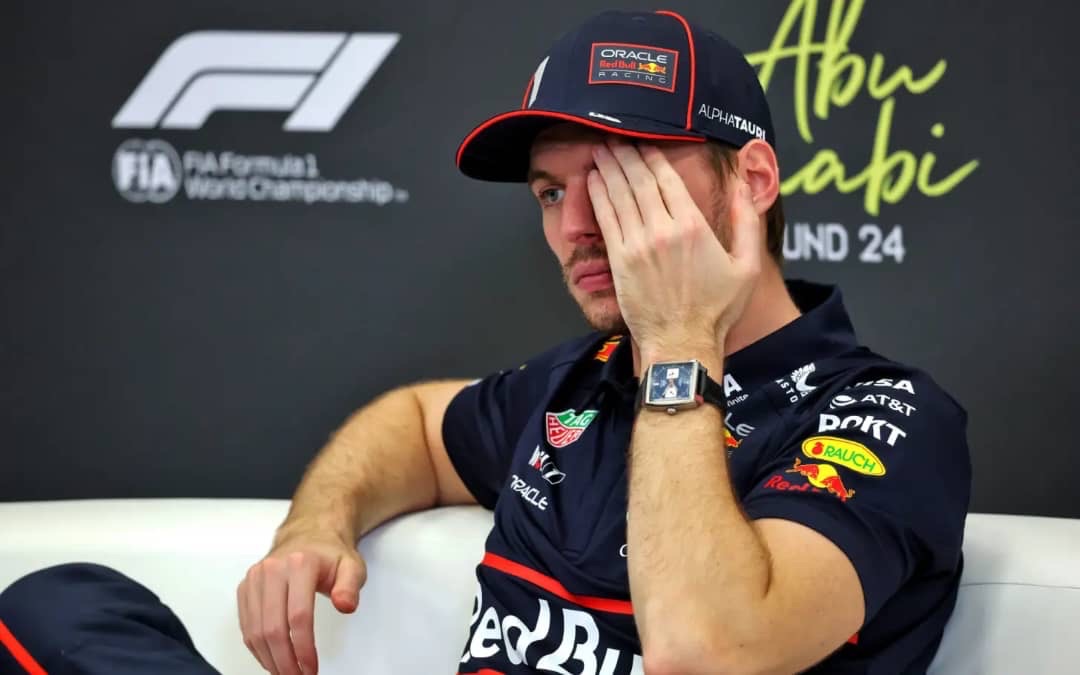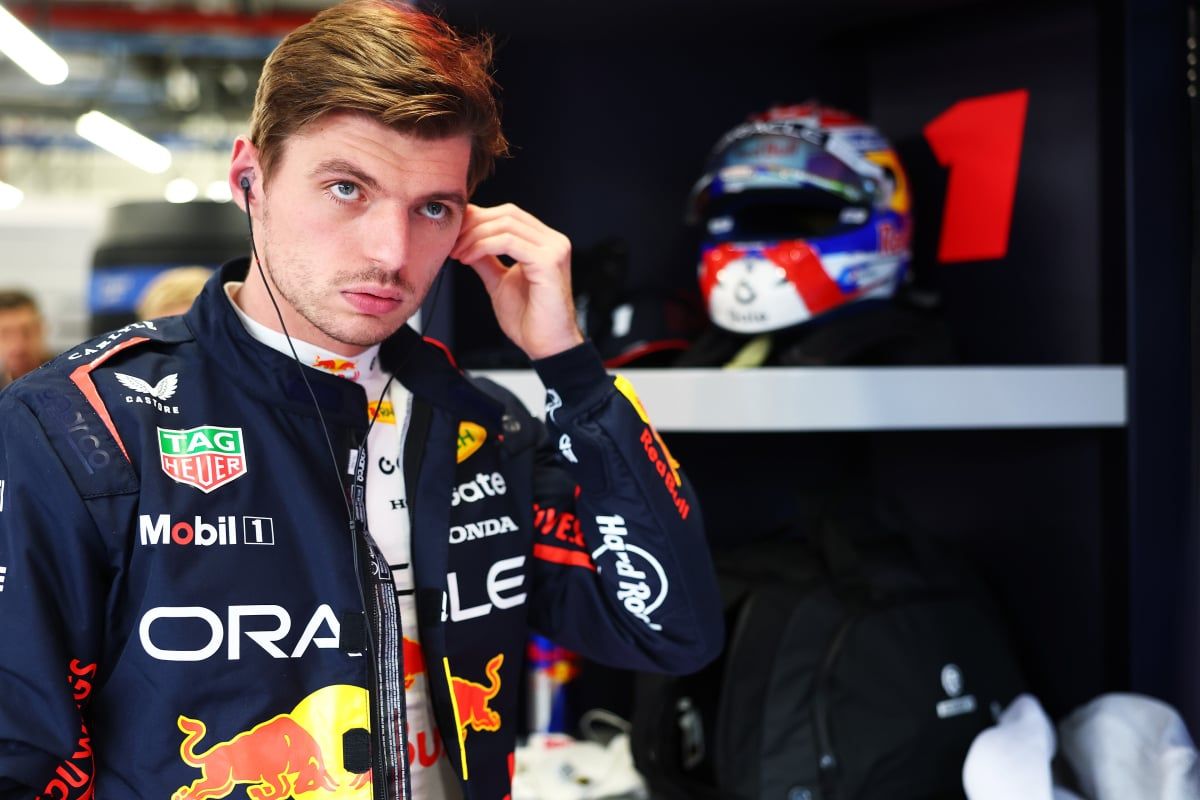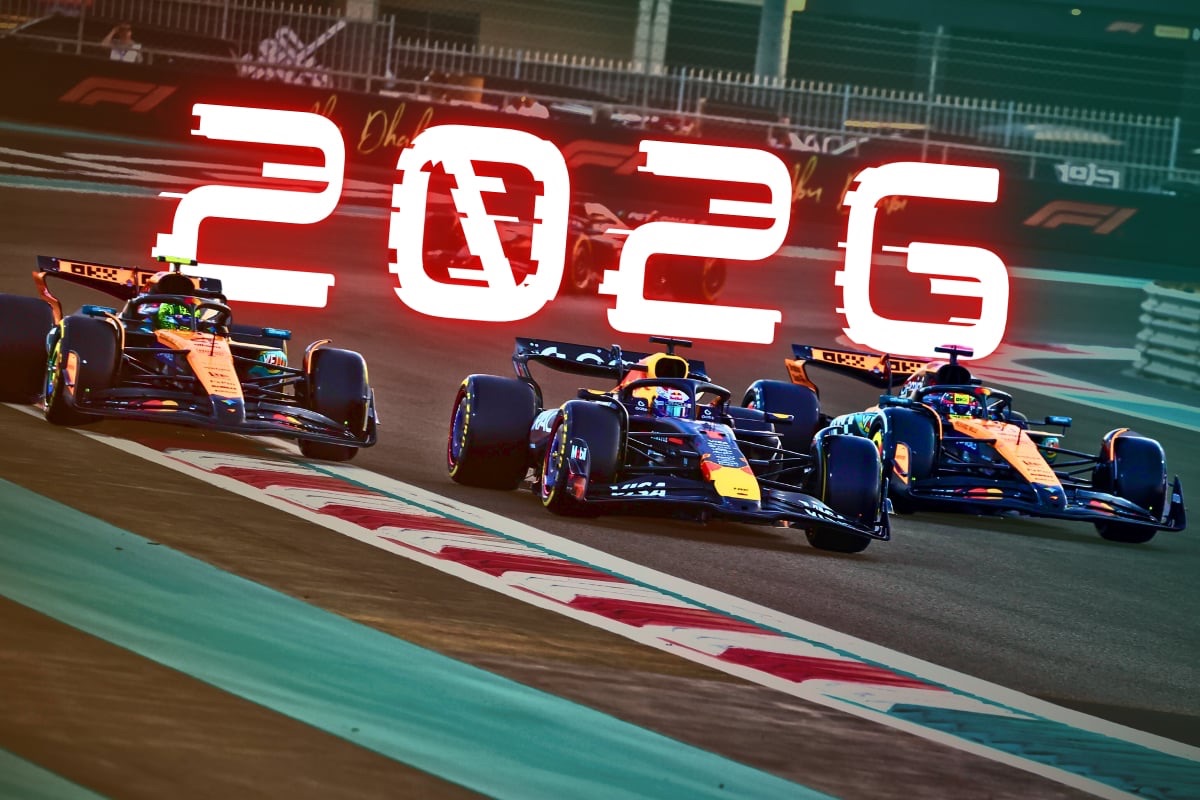FIA Implements Changes for Japanese Grand Prix After Suzuka Fires
The FIA has introduced several adjustments for the remainder of the Japanese Grand Prix weekend after a dramatic and disrupted day of practice on Friday. The second practice session (FP2) at Suzuka Circuit was heavily impacted by multiple red flags, resulting in reduced running time for teams and drivers. A combination of dry, windy conditions and sparks from the cars triggered fires around the circuit, leading to two of the four red flag stoppages. Additionally, a high-speed crash involving Jack Doohan contributed to the chaotic session.
Friday’s Chaotic Practice Session
Friday’s FP2 session saw significant disruptions due to various incidents. The first major issue arose when Alpine’s Jack Doohan suffered a severe crash after a reported Drag Reduction System (DRS) failure. His car veered off at high speed and slammed into the barriers, resulting in extensive damage. Fortunately, Doohan was unharmed, but the incident forced the marshals to bring out the red flag while the wreckage was cleared from the track.
Later in the session, sparks generated by the underfloor of the cars ignited dry patches of grass surrounding the track, causing fires to break out. The first fire was quickly controlled, but a second, more substantial blaze led to another red flag stoppage. The presence of fire-related incidents raised concerns about safety and track conditions, particularly given the strong winds that intensified the flames.
Further disruptions occurred when Fernando Alonso’s Aston Martin got stuck in a gravel trap, necessitating yet another red flag. The series of stoppages significantly limited the time available for drivers to gather crucial data and fine-tune their cars ahead of Saturday’s competitive sessions.
FIA’s Response and Safety Adjustments
In reaction to the unusual incidents at Suzuka, the FIA conducted a swift review and outlined a series of immediate procedural changes aimed at improving safety for the rest of the weekend and beyond. These measures include:
1. Enhanced Fire Prevention Measures – Track marshals and safety personnel have been instructed to closely monitor areas susceptible to fire outbreaks. Additional firefighting equipment has been strategically placed around the circuit to ensure rapid response.
2. Sparks and Car Setup Adjustments – Teams have been advised to modify their car setups to minimize excessive sparking, particularly in areas where dry grass is present. The FIA is also considering temporary measures such as slight track modifications or additional watering in vulnerable zones.
3. Improved Communication Protocols – Teams will now receive instant updates via FIA messaging systems and intercoms when recovery vehicles or emergency teams are deployed on the track. This is intended to enhance awareness and ensure drivers react appropriately to hazards.
4. Live Monitoring Systems – A new real-time Virtual Safety Car (VSC) and Safety Car (SC) monitoring window will be utilized to give FIA Race Control and the Remote Operations Centre (ROC) an immediate overview of on-track situations.
5. Race Control Enhancements – The FIA has redefined responsibilities within its Race Control team, ensuring a dedicated focus on monitoring and managing the sequence of events when Safety Car or VSC conditions are deployed.
6. Driver Awareness Sessions – Drivers will receive additional briefings regarding the new procedural changes, ensuring they are fully informed on safety protocols and their responsibilities under different track conditions.
7. Penalty Review for Rule Violations – The FIA will conduct a comprehensive review of penalty precedents related to non-compliance with yellow flag, double yellow flag, VSC, and Safety Car conditions. This is aimed at reinforcing discipline and adherence to safety regulations.
8. Advertising Board Assessments – An evaluation of current advertising board placements will be conducted to minimize the risk of debris hazards during high-speed crashes.
Impact on Teams and Drivers
The shortened practice session has had varying effects on teams as they prepare for qualifying and the race. McLaren’s Oscar Piastri managed to clock the fastest lap of FP2, edging out his teammate Lando Norris with a time of 1:28.114. Red Bull’s Yuki Tsunoda impressed with his performance, finishing just a tenth of a second behind Max Verstappen during Free Practice 1, showcasing his potential in front of his home crowd.
However, reigning world champion Verstappen faced difficulties in adapting to the conditions and finished FP2 in eighth place due to understeer issues. Ferrari drivers Charles Leclerc and Lewis Hamilton also demonstrated competitive pace, suggesting that the upcoming qualifying session will be highly contested.
The FIA’s rapid response to Friday’s disruptions highlights its commitment to safety and smooth race operations. With these new measures in place, teams and drivers will have to quickly adapt as they gear up for the crucial qualifying rounds and the main race at Suzuka.
As the Japanese Grand Prix progresses, attention will remain on how effectively the new safety measures impact the race weekend. The ability of teams and drivers to adjust to these unexpected challenges will likely play a significant role in determining the final race results.



